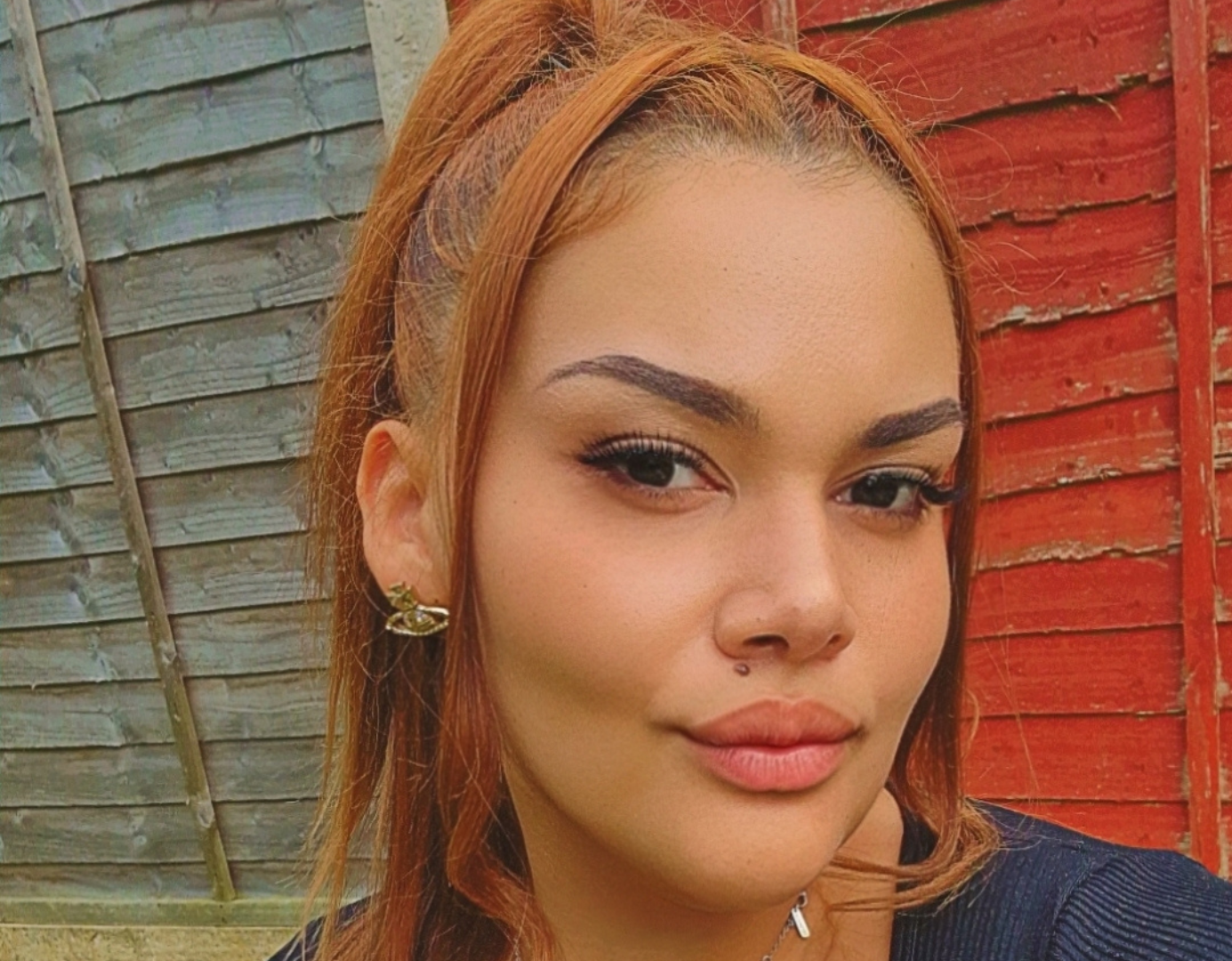Samantha
Samantha talks about her diagnosis of nodular lymphocyte-predominant Hodgkin lymphoma and coping with treatment.

In 2019 I was 16 and noticed lumps on my legs. I went to see my GP who thought it was a spider bite, but my hands and legs became covered in lumps, so I was referred to a dermatologist. I was diagnosed with erythema nodosum, which is a condition that causes painful patches of skin that look red or darker than the surrounding skin.
I was at college but had to have quite a few days off as I was in so much pain. My doctor sent me for a chest X-ray which revealed lots of dark shadows on my chest. At the time it was thought I had tuberculosis (TB) which is an infectious disease that most often affects the lungs and is caused by a type of bacteria. As a result, I was told I could not go back to college and had to take quite a few months off.
However, things did not improve, and I got to the point where I couldn’t swallow food. I had a throat spray, but it didn’t help and in the end I was having to eat baby food. I was referred to a head and neck specialist who organised for an ultrasound scan. This revealed an enlarged lymph node.
I had a biopsy and was told that I had Hodgkin lymphoma. However, after several further tests, they found out it was nodular lymphocyte-predominant Hodgkin lymphoma. Now being treated within haematology, I had a PET scan which showed that the lymphoma was in my chest, diaphragm and bones. I needed to start treatment urgently.
I wanted to consider egg retrieval as fertility was something I wanted to preserve if possible. However, I was told that they really needed to start treatment straightaway. I thought I would lose my periods during treatment, but in fact they never did stop, which they said was a good sign.
In March 2019 treatment started. I was supposed to have ABVD chemotherapy, but this was changed to six rounds R-CHOP. I don’t know how I coped, but I remember thinking that I needed to stay strong so that my mum didn’t worry about me. Keeping busy was something that helped and I decided to take up driving lessons to have something to focus on. I had to plan my weeks carefully though, as the day after chemotherapy I felt so ill I couldn’t do anything. It wasn’t until the second week that I felt well enough to do things.
When I had my diagnosis, one of the things I dreaded was losing my hair. I Googled hair loss and cancer a lot, but realised that some of the hair saving options weren’t suitable with lymphoma. On my second round, my hair started to get matted, so cut much of it, keeping just the top of my hair. But my hair felt like someone was pulling at it, so I made the decision to shave it off. I tried to like myself with no hair, but I really didn’t.
After completing treatment, I finished college and then went on to university. I didn’t feel like the same person was before and ploughing through may not have been the best decision. Looking back, I wish I’d given myself more time. I also carried a lot of guilt and have had counselling. But I found the counselling difficult as it was bringing up so many raw emotions.
At the end of the chemotherapy, I was told I was in remission. Because I had nodular lymphocyte-predominant Hodgkin lymphoma, I would need check-ups indefinitely as the lymphoma is likely to return. However, I am now 28 and haematology have said they are happy to discharge me.
I have mixed emotions about being discharged, as I feel that the regular contact with my medical team is like a safety net. They explained that if I have any concerns, I can just call them, which I have found reassuring. Recently I had a lump in my neck, and they did a scan. Fortunately, everything was normal and I’ve had no symptoms since then.
